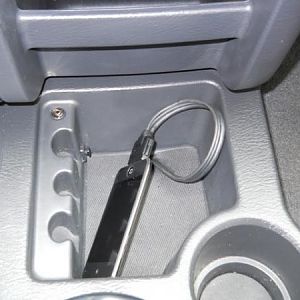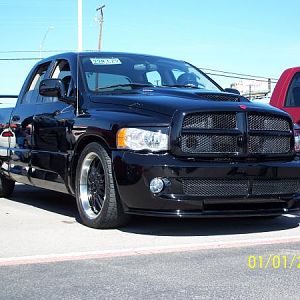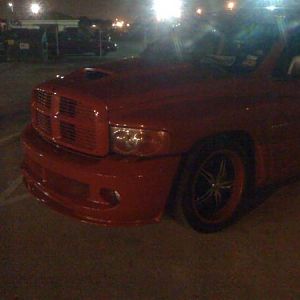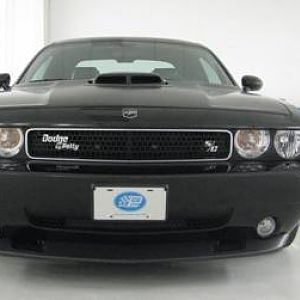Well buddy, It's time to think about it

...Close is for Horseshoes and Hand Grenades... 15W50 causes the oil/engine temperature to RISE. Hot "flow" is too thick/slow to cool the bearings. More FOOD FOR THOUGHT....
"• Oil flow is what carries heat away from internal engine components. Those engine components are DIRECTLY oil cooled, but only INdirectly water cooled. And better flowing thinner oil will keep critical engine components cooler because it carries heat away faster than slower flowing thicker oil can. This is especially important with plain main and rod bearings, since the flow of oil through the bearings is what cools them. If you run thicker oil than needed, you will drive up engine component temps.
Here are some comparison numbers from an 830 HP road race engine on the track:
15W50 oil = 80 psi = 265* oil sump temperature
5W20 oil = 65 psi = 240* oil sump temperature
Here you can see how the thicker oil flowed more slowly through the bearings, thus getting hotter, driving up bearing temperatures and increasing sump temperatures. And the thinner oil flowed more freely and quickly through the bearings, thus cooling and lubricating them better than thicker oil, while also reducing sump temperatures.
Here’s some additional background on all this – You might be surprised by how much heat can be generated just from an oil’s internal friction, though friction may not the best term to use here. It is probably better to think of this as the heat generated due to the shearing action taking place within the oil."
So as you can see, "thicker" oil is not always best for engine performance. Generally speaking, Using a quality oil with frequent changes will promote long engine life. Even an oil ranked #170 with "MODEST" wear protection.

Cheers Guys!





